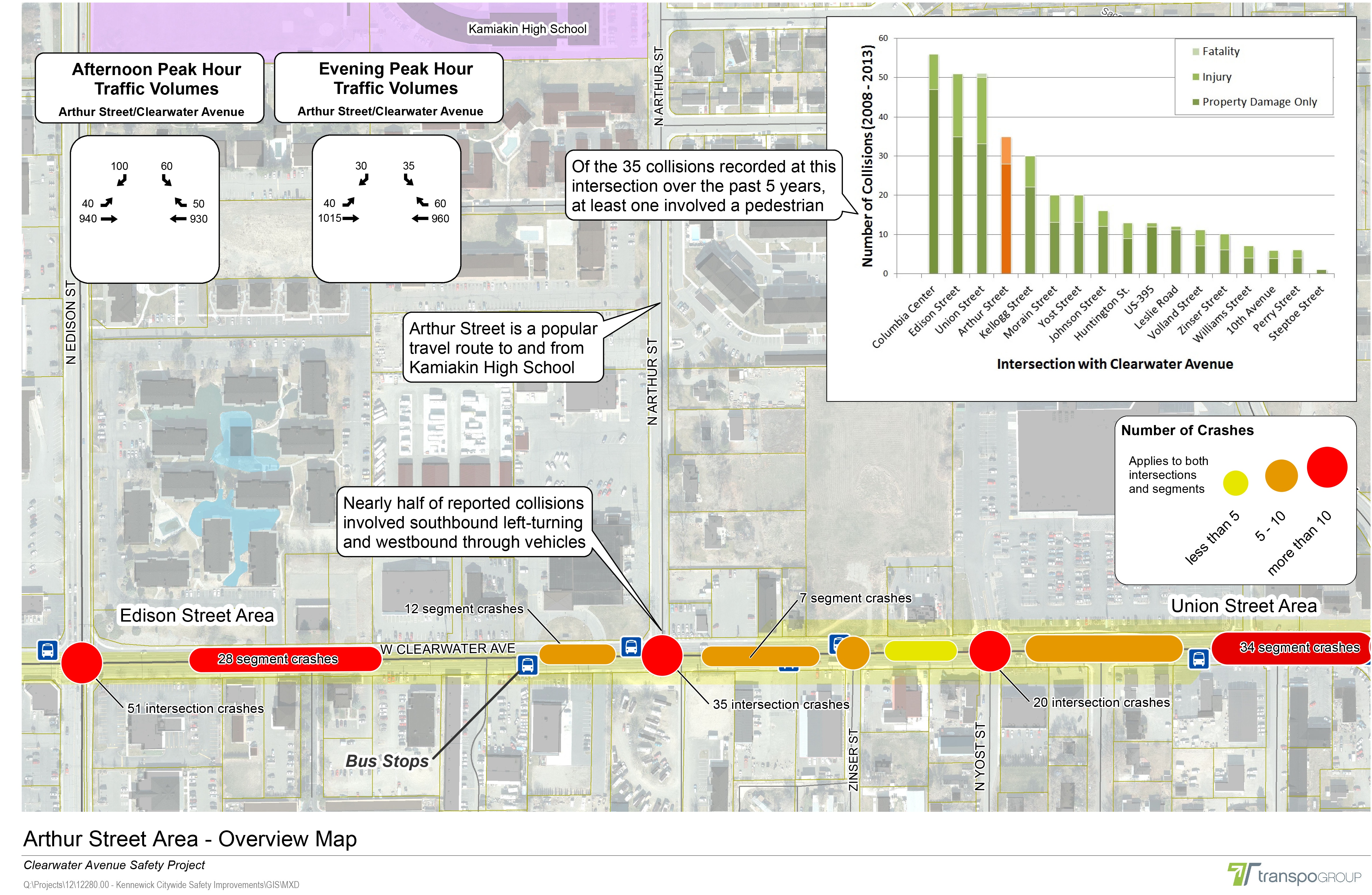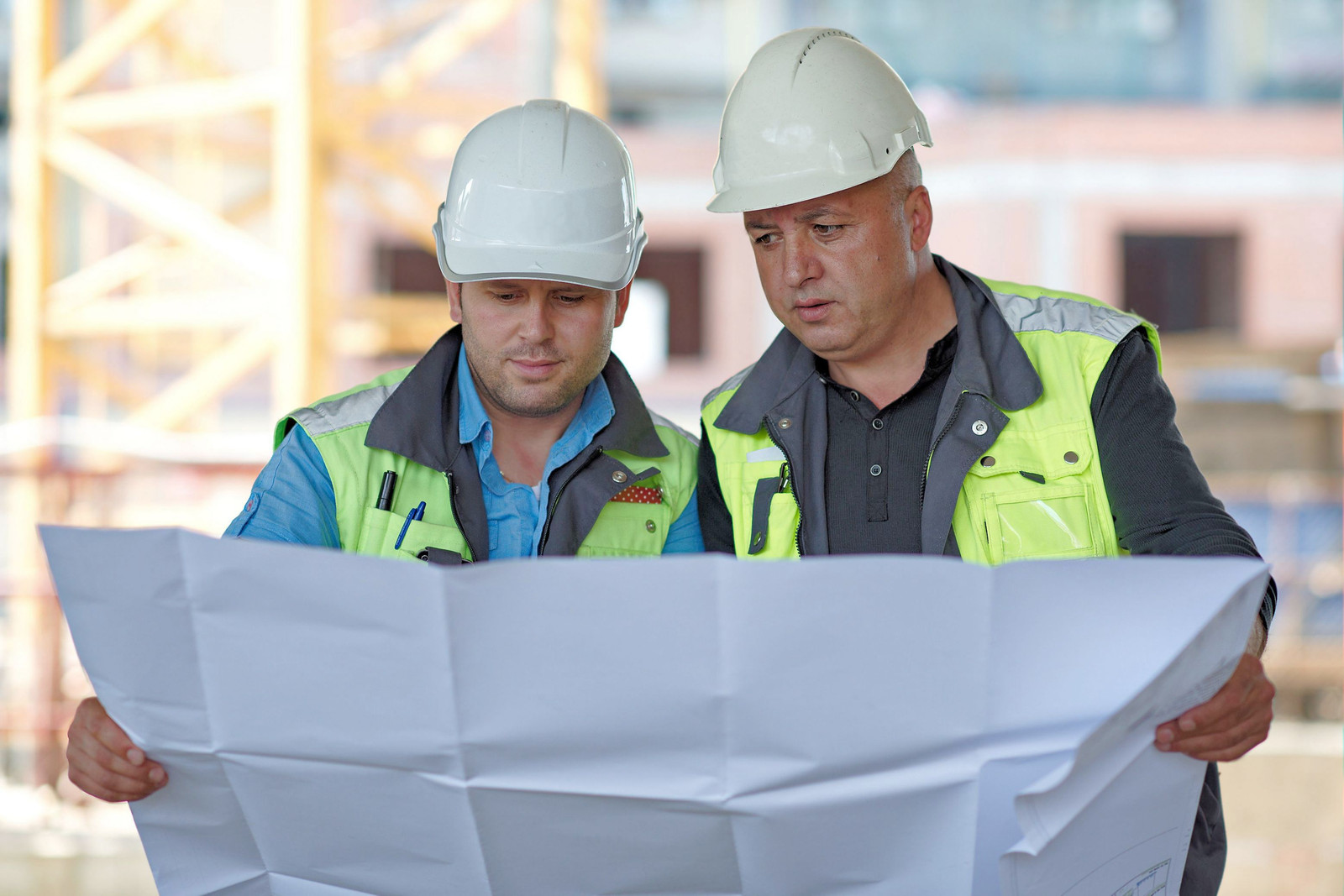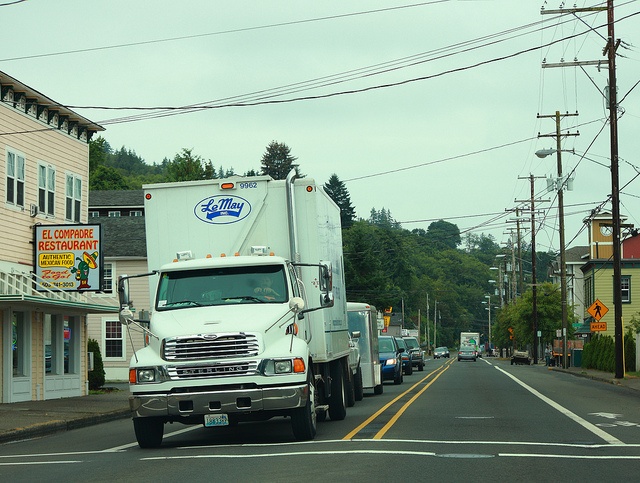Can Complete Streets and Freight Mobility Coexist? (Part 3): Developing Solutions with a Corridor Study
- Daniel Teran
- Transportation & Public Works
This post continues our series discussing the transformation of Main Street into a Complete Street in communities where Main Street serves as both a multi-modal local route and a state highway with high volumes of freight traffic. Our first post, The Evolution of Main Street, defined the problem and the second, Implementing a Complete Street Policy, looked at the role policy can play. In this post I am going to discuss how we can develop solutions by performing a corridor study.
Who's Inspecting Your Project? Why Less Experience can be Better
- Jacob Howlett
- Energy, Energy Transmission & Distribution
The quality process on construction projects generally consists of Quality Control (owned and executed by the construction contractors) and Quality Assurance (performed by the owner or owner’s representative). As the owner, the one piece of the quality process you have the most control over is Quality Assurance. If you’ve experienced results that were less than what you were hoping for, I suggest taking a closer look at how Quality Assurance is being executed and, more specifically, who is executing it.
Can Complete Streets and Freight Mobility Coexist? (Part 2): Implementing a Complete Street Policy
- Daniel Teran
- Transportation & Public Works
Our Cities have built themselves around a street serving dual purposes. This street is attempting to serve as both Main Street and highway. As Main Street it strives to be the hub of a community, surrounded by commercial development and acting as a community gathering place. This purpose requires mobility for all users. As highway it strives for safe, reliable, timely and efficient through-travel. This purpose requires freight movement to deliver goods and services that these communities rely on.
In or Out? When to Outsource Construction Management and Inspection
- Rob Palena
- Energy, Energy Transmission & Distribution, Energy Generation
When it comes time to start your construction project, you’re always faced with the same question: do we manage and inspect the construction with in-house staff, or do we outsource it to a third party? Each option has its benefits and drawbacks. I would like to revisit a blog post I wrote last year that offers some thoughts about situations where using a third party for construction management can lead to the greatest rewards for you as a project owner/operator.





Leave us a comment below